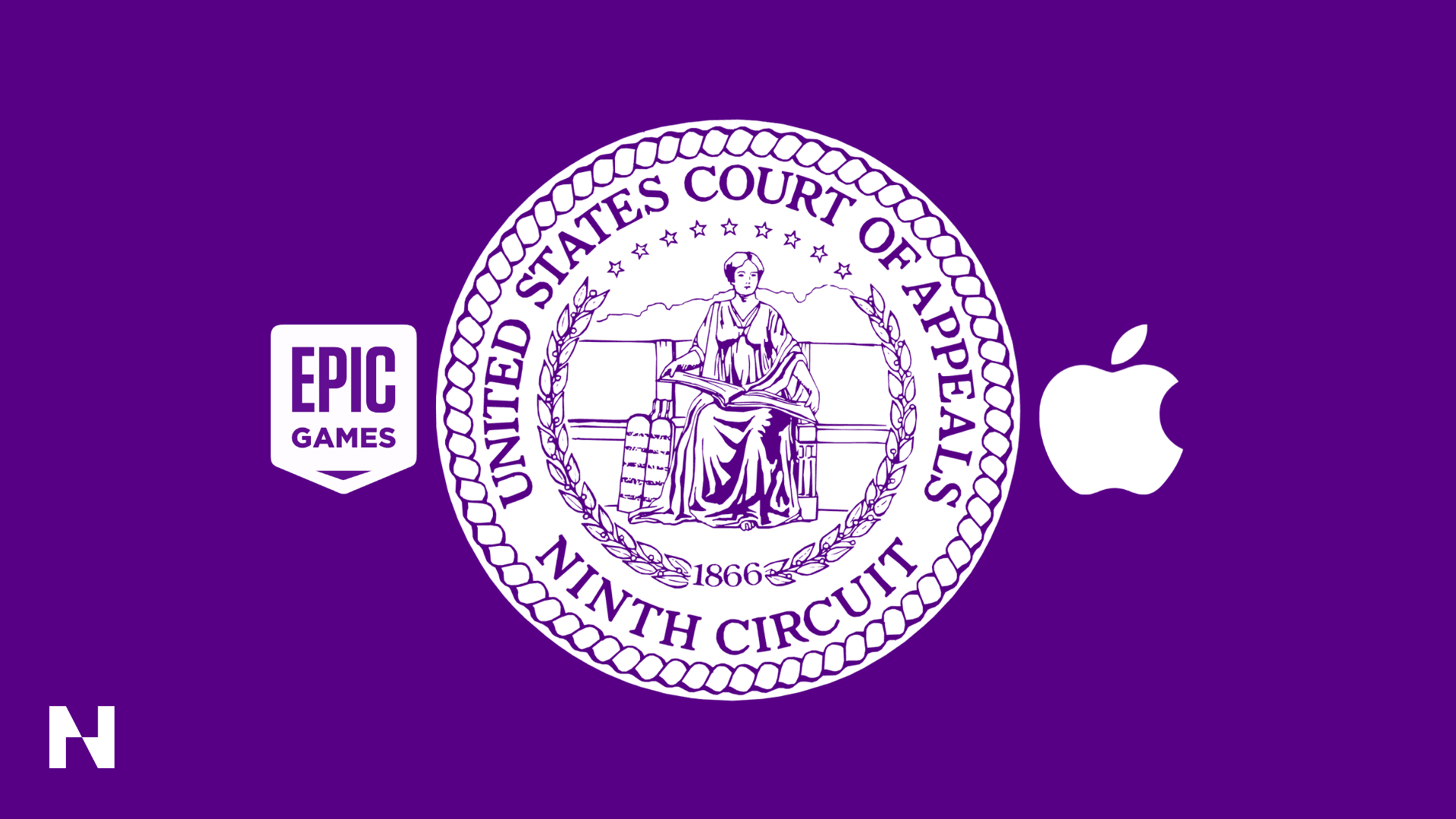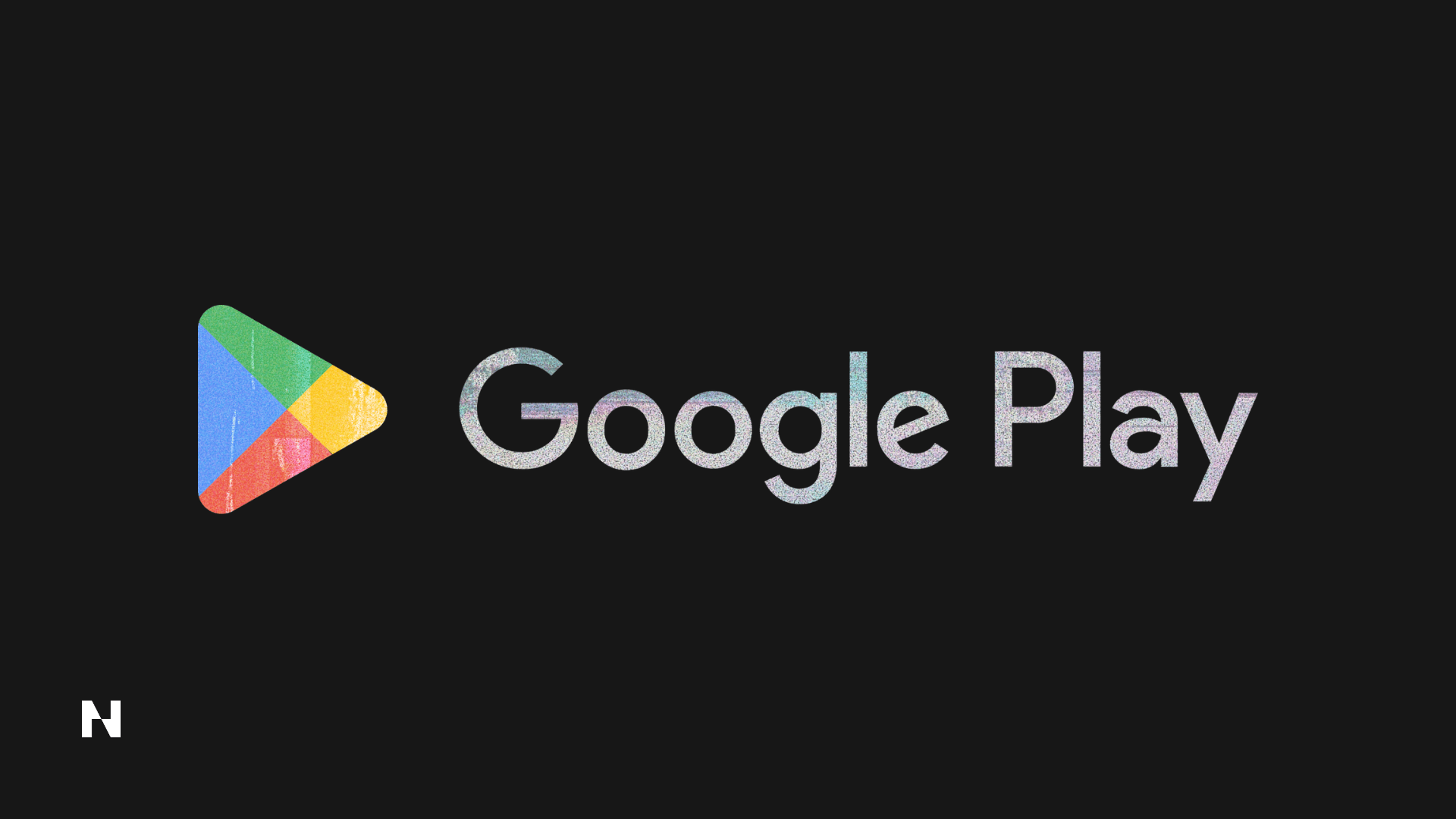TL;DR
We read Judge Yvonne Gonzalez Rogers’ 80-page contempt order (so you don’t have to) and summarized what it means for mobile game developers.
Apple was found to have broken the 2021 anti-steering order.
The court forced Apple to drop every hurdle it added to linking players to alternative payment options (27% fee, link limits, scare screens, and marketing restrictions).
Game developers can now direct iOS players in the U.S. to alternative payment options (either a webshop or alternative checkout), completely bypassing Apple’s 30% commission, effective immediately.
What the judge ruled
Judge found Apple “in willful violation” of the 2021 anti-steering injunction, which gave developers the freedom to direct users to pay outside the app.
She ordered Apple to fix the violation immediately and referred Apple’s VP of Finance to the U.S. Attorney for possible criminal-contempt charges.
The court granted Epic’s request to enforce the original order and rejected every objection raised by Apple.
The ruling takes effect immediately, and the court warned that any delay by Apple could result in monetary penalties.
Practical outcome for developers
In the U.S. market, the decision wipes out every roadblock that Apple added to linking players to alternative payment options. Essentially, Apple's entire External Purchase Entitlements program is irrelevant to the U.S. market.
In U.S. apps, you can now use banners, buttons, messages, and CTAs within the in-app experience and purchase flow to drive players to alternative payment options without being charged any commission fee from Apple. This means you can direct players to your webshop or link to an alternative checkout experience.
What you may do today in the U.S. App Store
Link to alternative payment options inside your iOS build (webshop or alternative checkout).
Place prominent buttons / banners / CTAs inside the purchase flow that link to webshop or alternative checkout.
Use dynamic URLs to pre-authenticate players, apply coupons, or capture attribution.
Advertise special discounts, bonus currency, or loyalty perks tied to webshop or alternative checkout directly in the app.
Web views: still unclear in the U.S.
As of now, U.S. rules are silent on whether in-app web views are allowed for displaying alternative payment options. Apple’s prior rules forbid them, but new E.U. rules suggest they may soon be allowed.
Under the original External Purchase Entitlements (still applicable in the E.U.) Apple states, “The link you provide in your app must…Open a new window in the default browser on the device, and may not open a web view.”
However, Apple announced updated External Purchase Entitlements for the E.U., set to take effect “this fall.” The new terms now state, “The distribution channel can be a website, alternative app marketplace, or another app, whether operated by you or someone else, and it can be accessed outside the app, or appear within the app as a web view.”
We’ll see what eventually makes its way through the App Store Review system.
How did Apple respond?
On May 1, 2025, Apple updated the App Review Guidelines to comply with the court's order. For game developers, the most relevant update was to Guideline 3.1.1(a), which now states:
“3.1.1(a) Link to Other Purchase Methods: Developers may apply for entitlements to provide a link in their app to a website the developer owns or maintains responsibility for in order to purchase digital content or services. These entitlements are not required for developers to include buttons, external links, or others calls to action in their United States storefront apps. Please see additional details below.”
StoreKit External Purchase Link Entitlements: apps on the App Store in specific regions may offer in-app purchases and also use a StoreKit External Purchase Link Entitlement to include a link to the developer’s website that informs users of other ways to purchase digital goods or services. Learn more about these entitlements. In accordance with the entitlement agreements, the link may inform users about where and how to purchase those in-app purchase items, and the fact that such items may be available for a comparatively lower price. The entitlements are limited to use only in the iOS or iPadOS App Store in specific storefronts. In all other storefronts, except for the United States storefront, where this prohibition does not apply, apps and their metadata may not include buttons, external links, or other calls to action that direct customers to purchasing mechanisms other than in-app purchase.
Bottom line:
This ruling marks a turning point for mobile game monetization in the U.S. Developers can now drive players to external stores or checkouts without paying Apple’s 30% cut, unlocking higher margins, more pricing flexibility, and direct player relationships.







